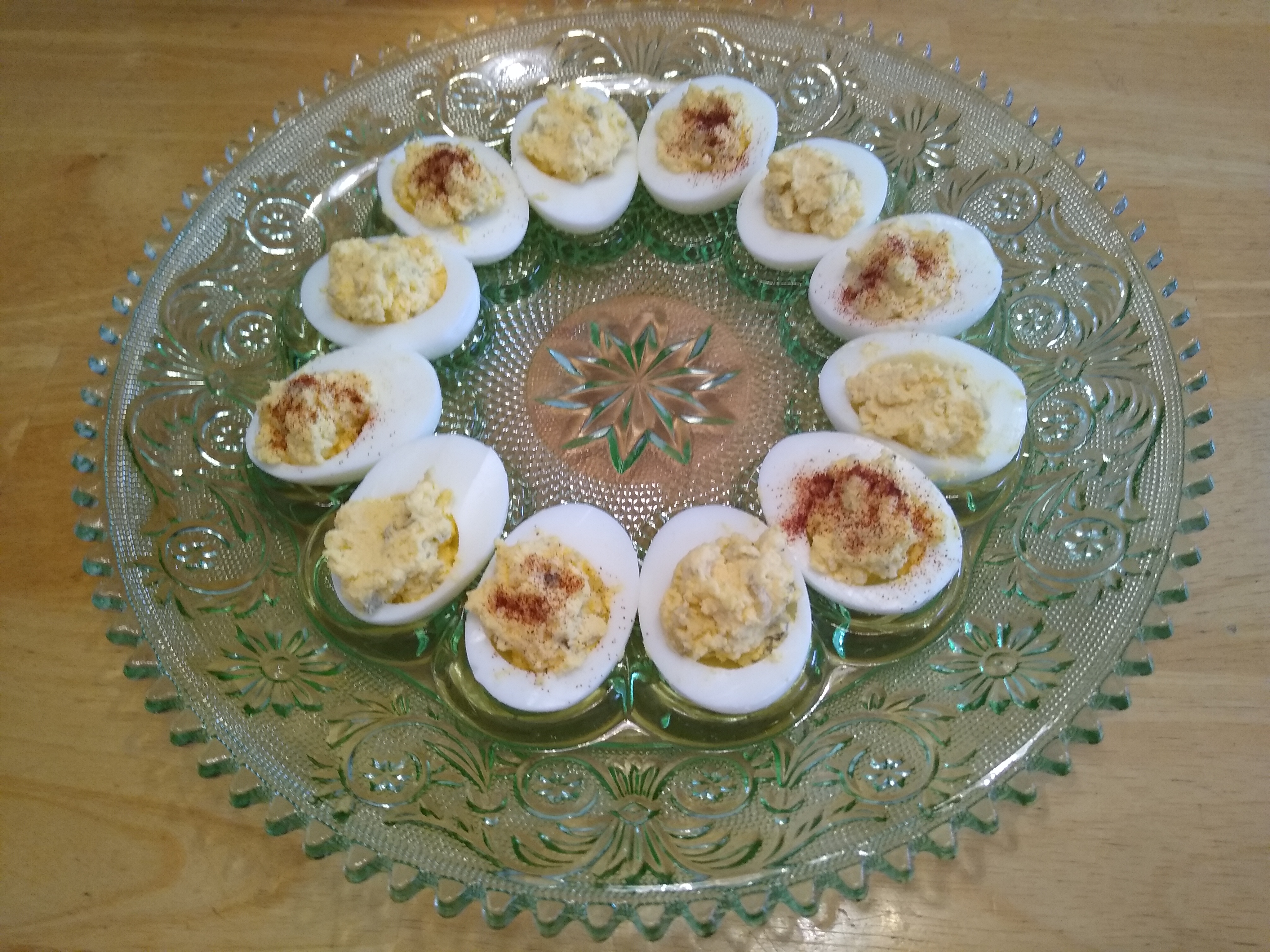
This homey treat is a fixture at church picnics and art-show receptions, but it deserves much broader appreciation. You'll notice when they are set out at an event, they're among the first dishes to disappear.
I like to make these on rainy or snowy days when we plan to be in the house all day catching up on chores. These make an easy protein-based grazing lunch when you don't want to take time to sit at the table an noon.
This is a dish that rewards creativity, and you keep an eye on balancing flavors, you can't really mess it up. Here's the version that Lorna likes.

 I had some ground pork looking for a way to be useful and this recipe looked intriguing - I love it!
I had some ground pork looking for a way to be useful and this recipe looked intriguing - I love it!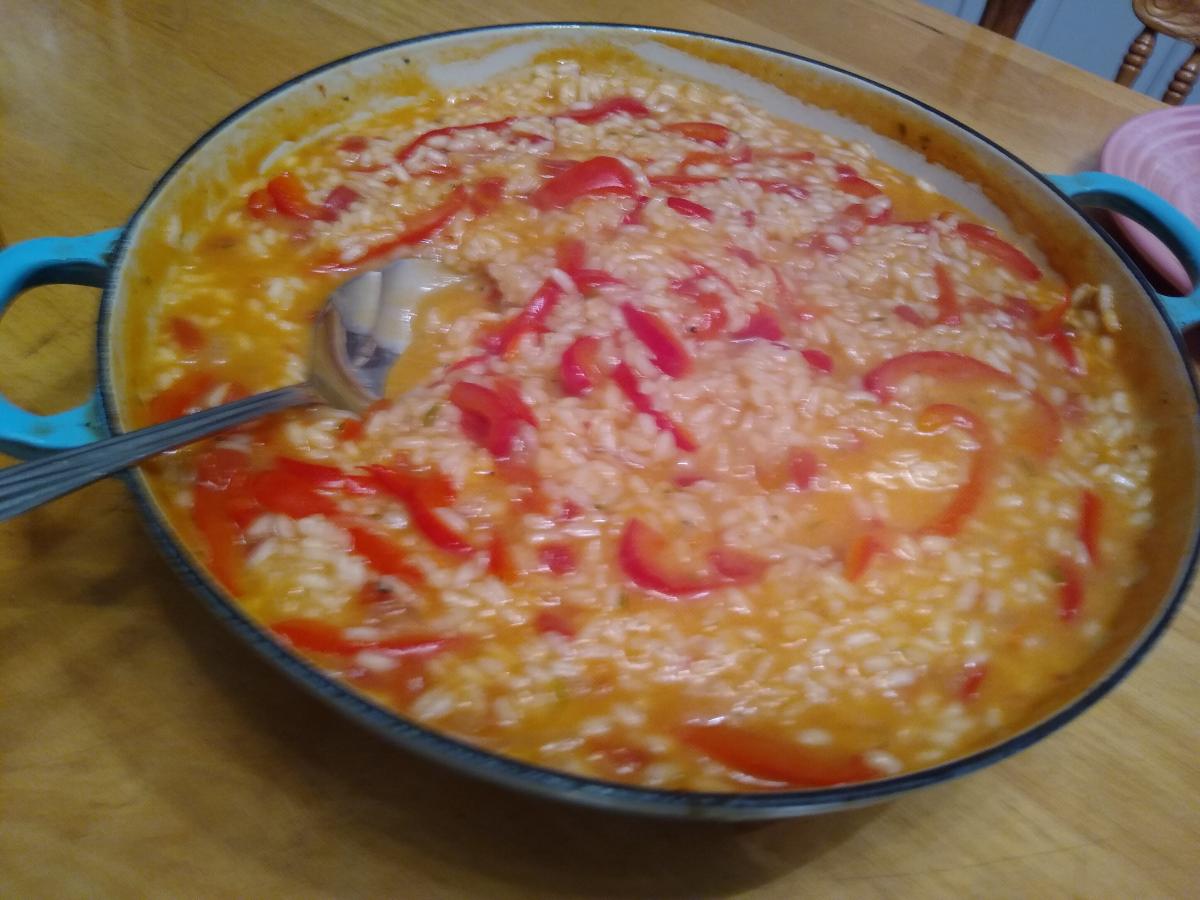
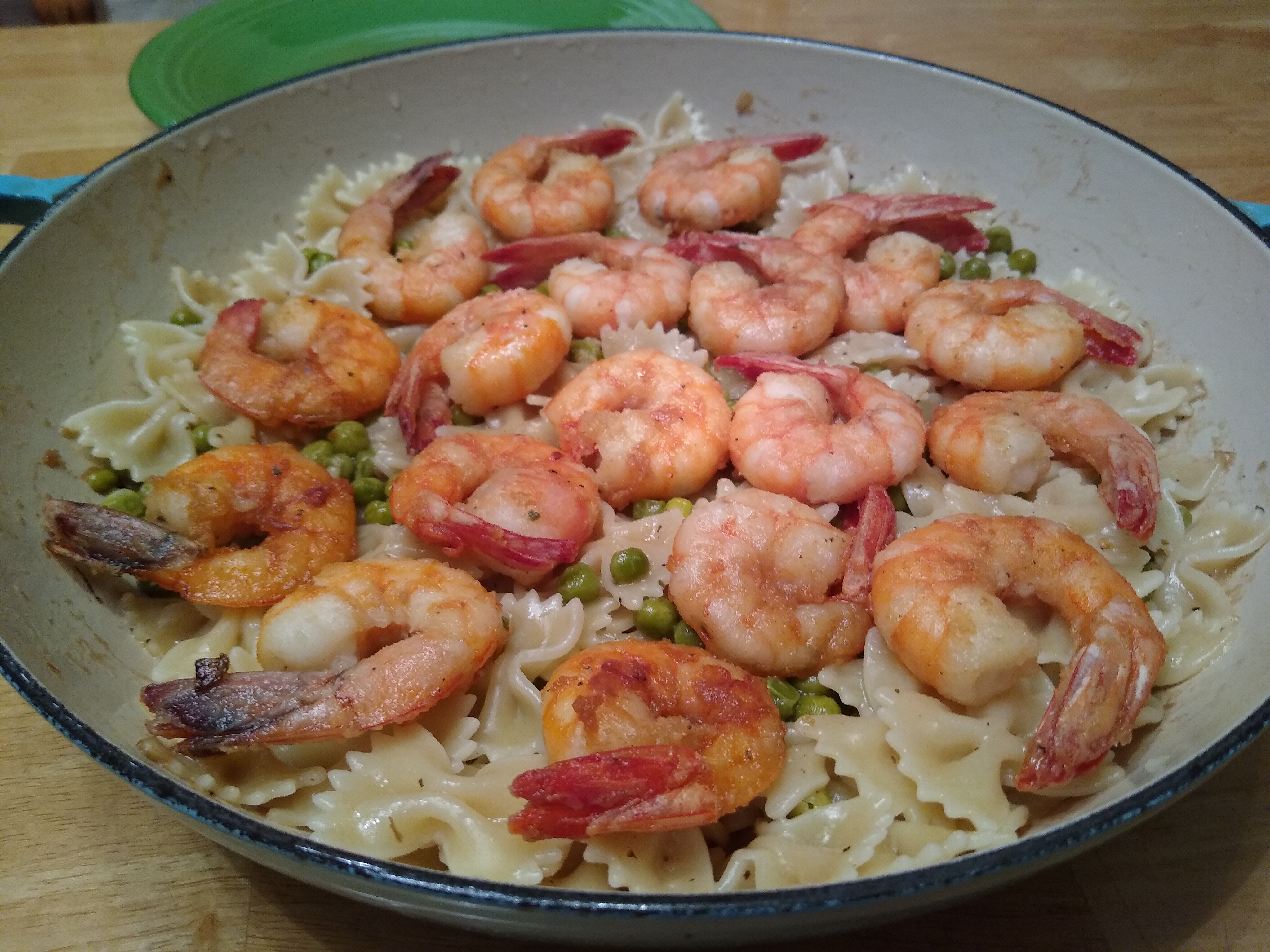 This is a popular combination: shrimp and peas on pasta in a light butter-white wine sauce.
This is a popular combination: shrimp and peas on pasta in a light butter-white wine sauce. 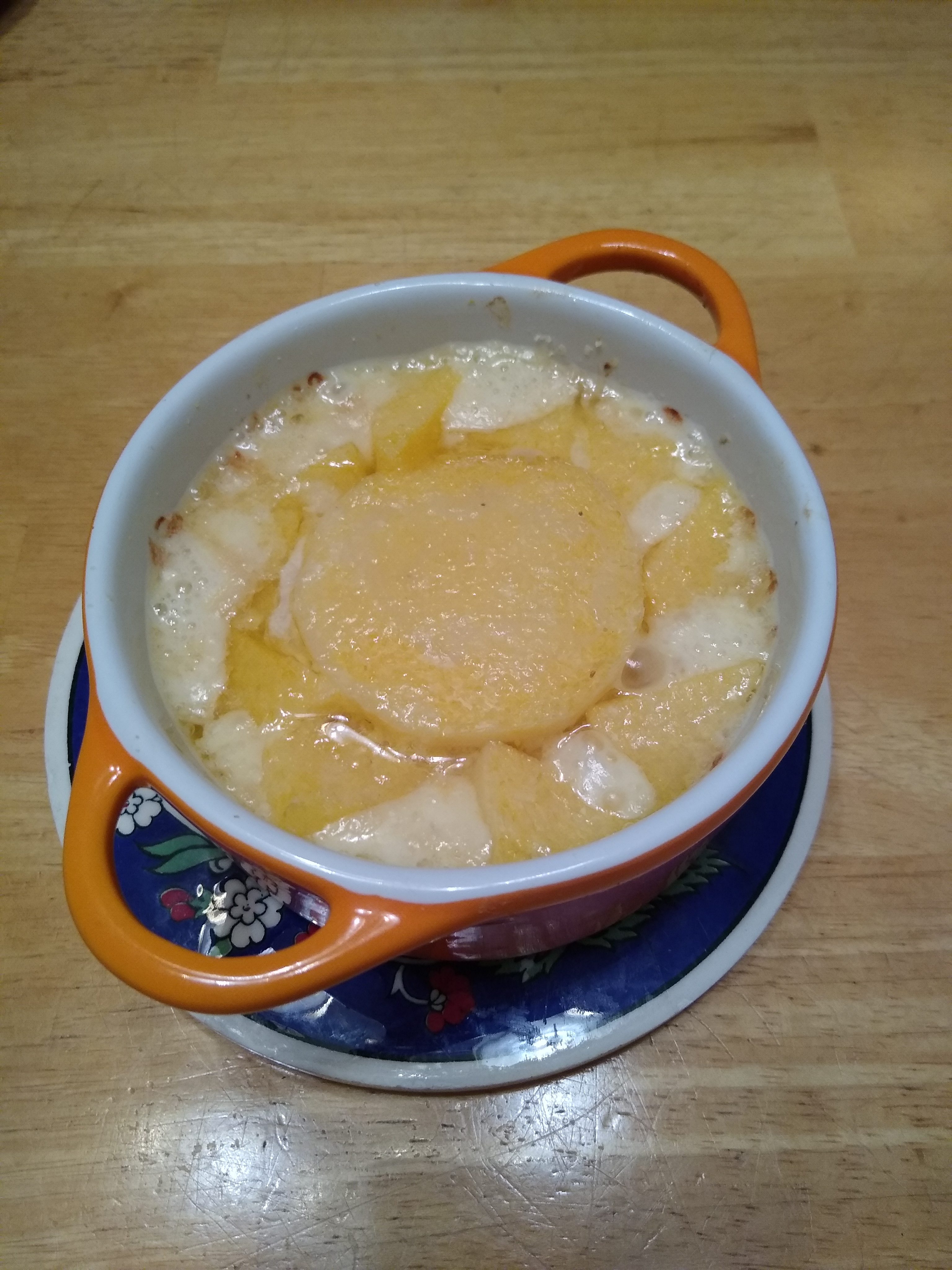 A pasticciata is a mess of something, and many recipes based on polenta are called Polenta Pasticciata con something or alla someplace. This one is in the style of Valle d'Aosta, way up in the far Northwest, up against the French Alps, so that means is uses the famous Fontina cheese, of which the best is the name-protected Fontina Valle d'Aosta.
A pasticciata is a mess of something, and many recipes based on polenta are called Polenta Pasticciata con something or alla someplace. This one is in the style of Valle d'Aosta, way up in the far Northwest, up against the French Alps, so that means is uses the famous Fontina cheese, of which the best is the name-protected Fontina Valle d'Aosta.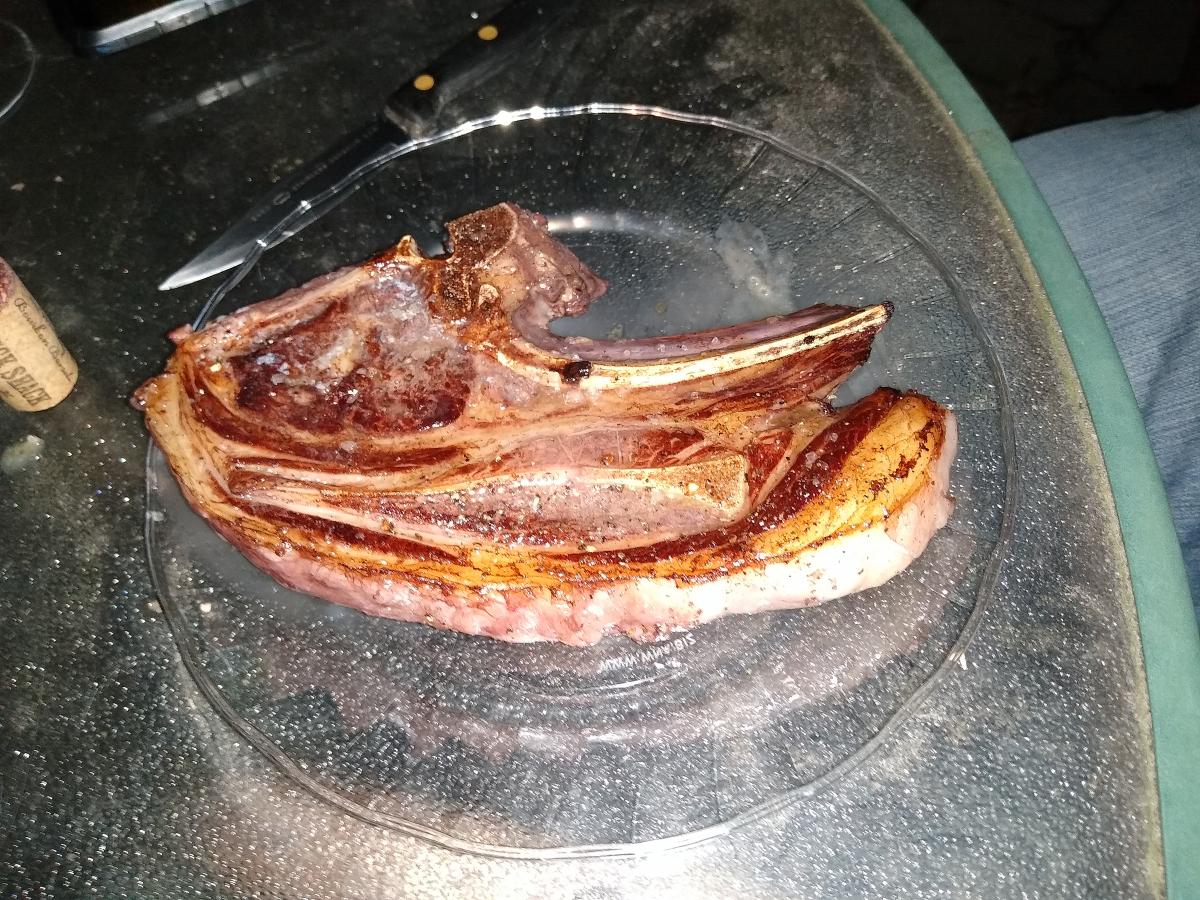
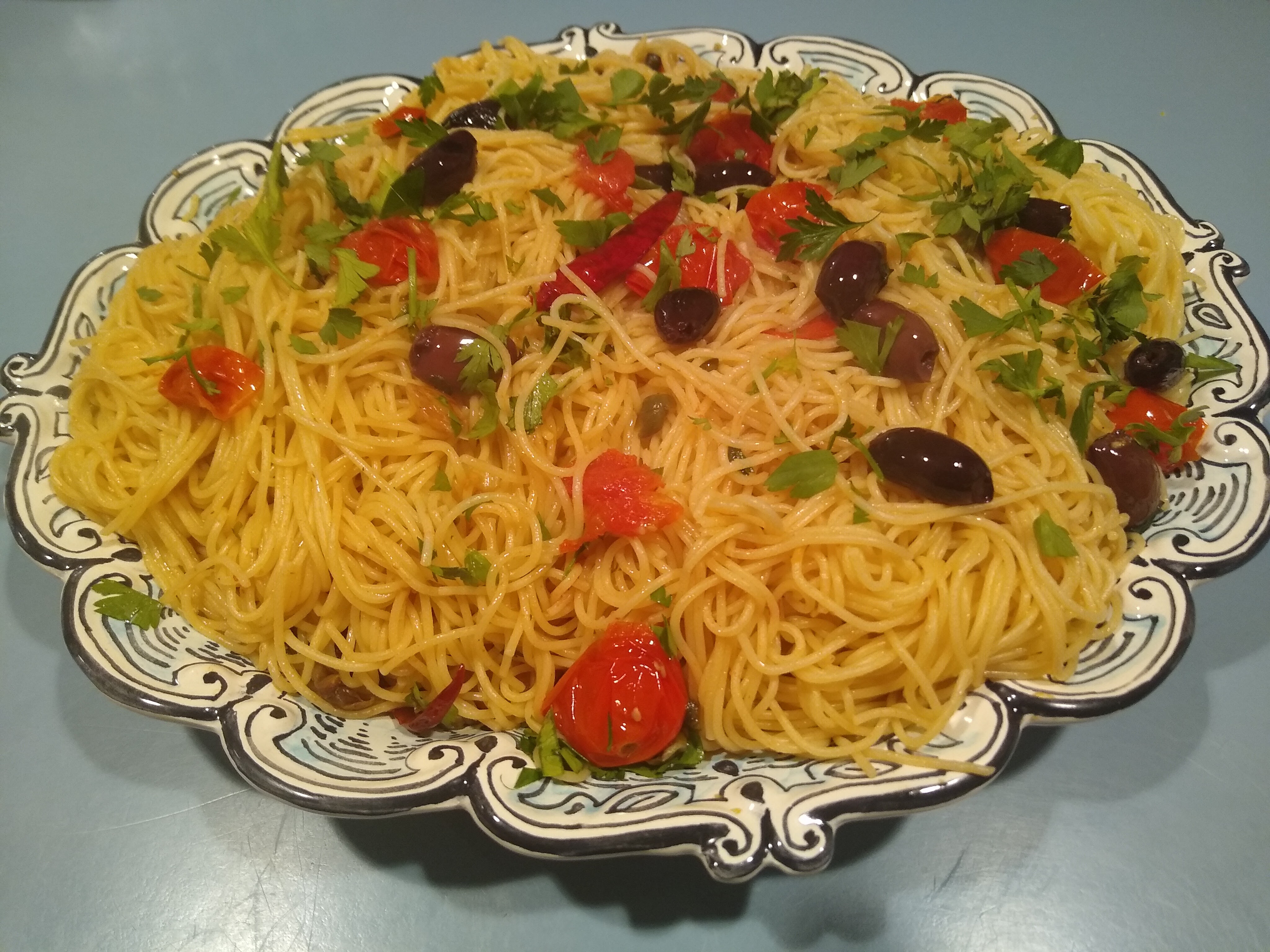 This well-known favorite dates back less than a hundred years. It was invented on the Neapolitan island of Ischia in the 1950s by a creative host who had hungry guests and little in the icebox to work with.
This well-known favorite dates back less than a hundred years. It was invented on the Neapolitan island of Ischia in the 1950s by a creative host who had hungry guests and little in the icebox to work with. 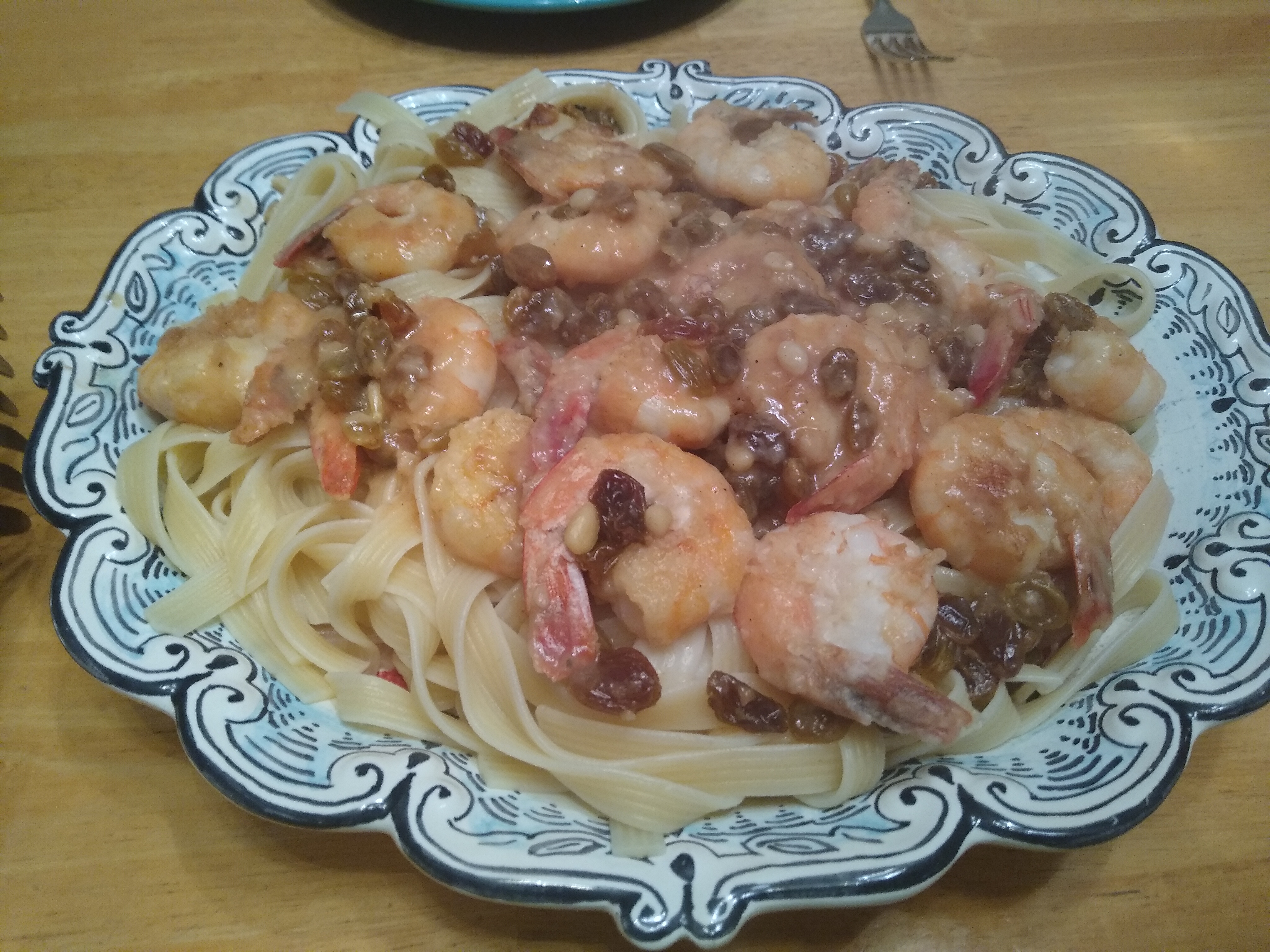 This is an amazing recipe that works best as an appetizer if served on its own. You could make a supper of it served with pasta or rice because the sauce is quite flavorful and it really benefits from having something mild to balance it.
This is an amazing recipe that works best as an appetizer if served on its own. You could make a supper of it served with pasta or rice because the sauce is quite flavorful and it really benefits from having something mild to balance it.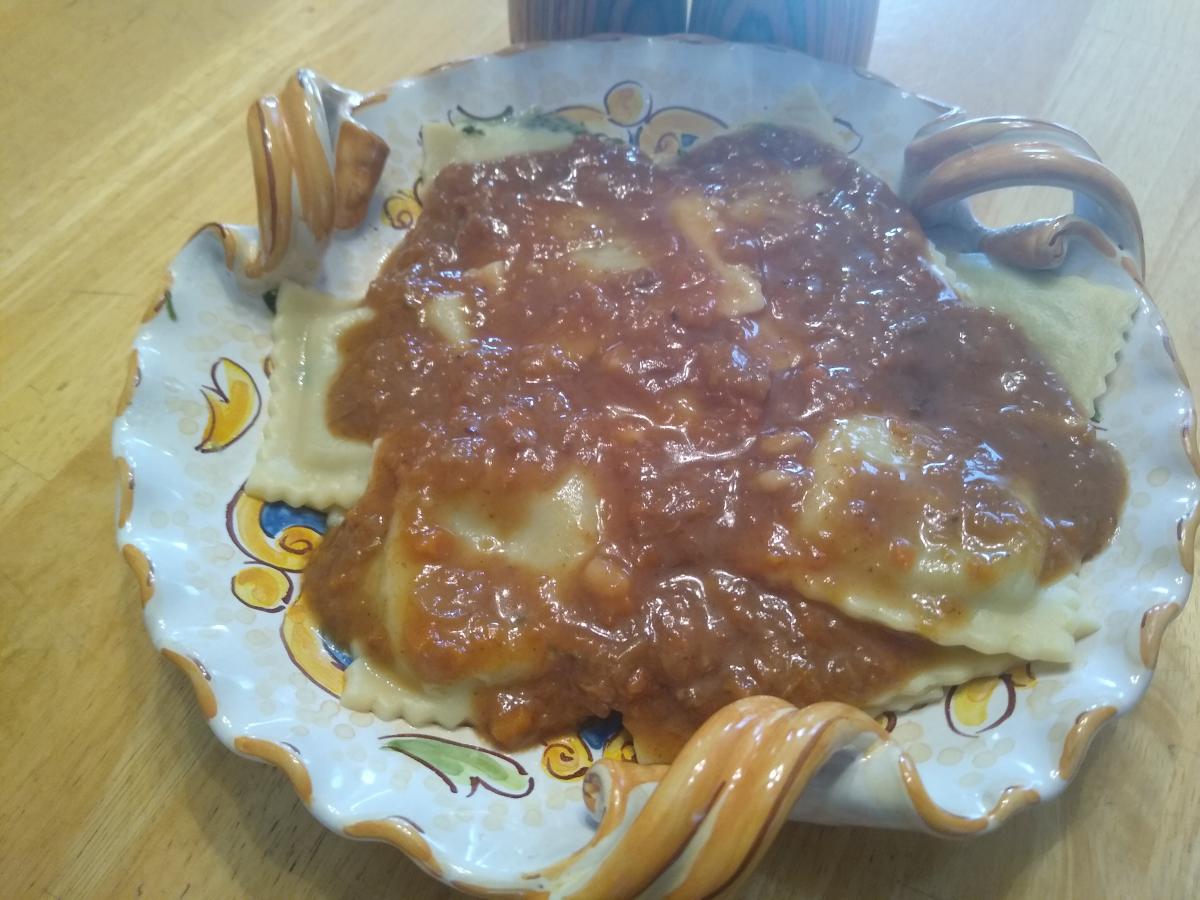
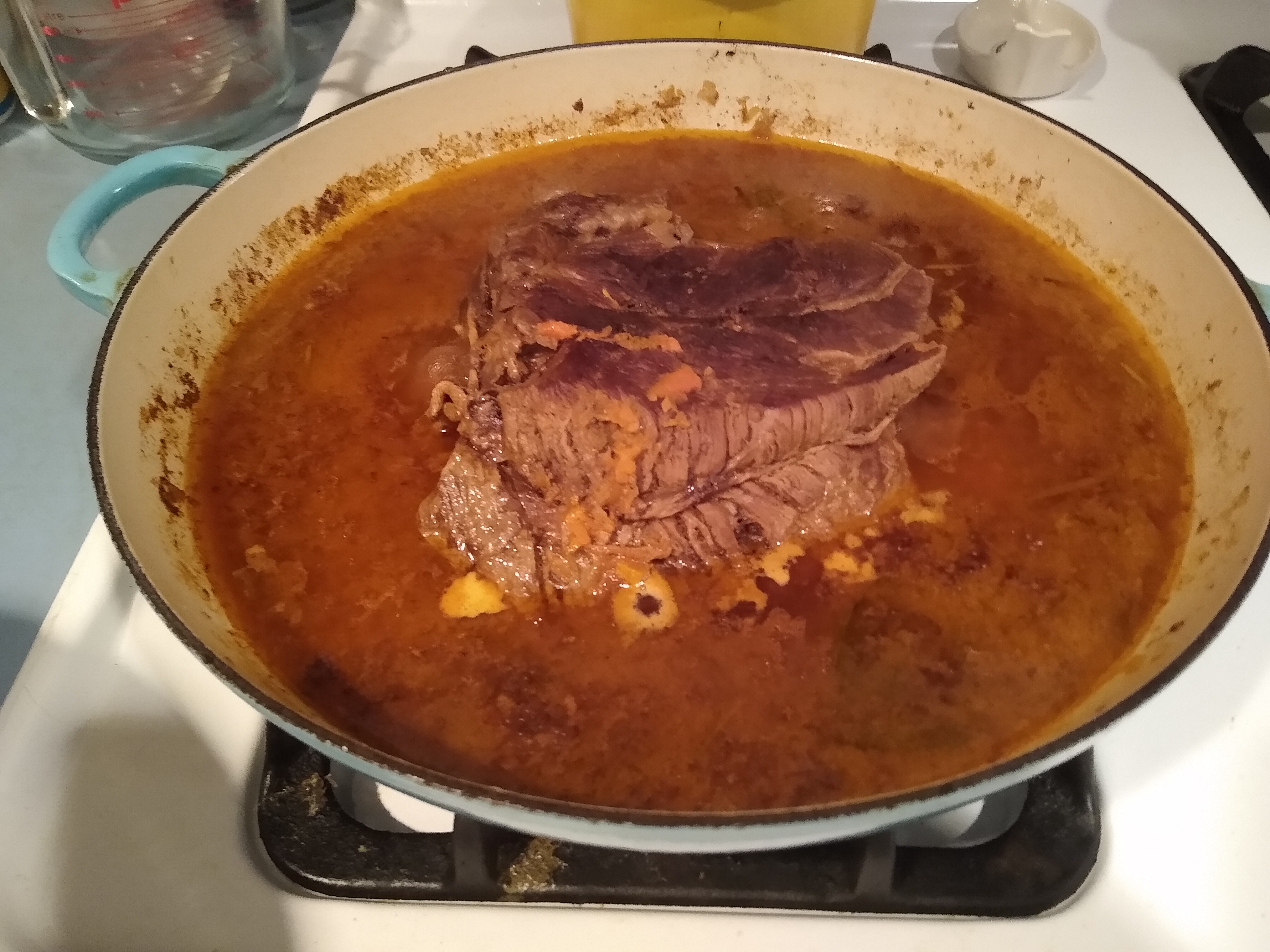
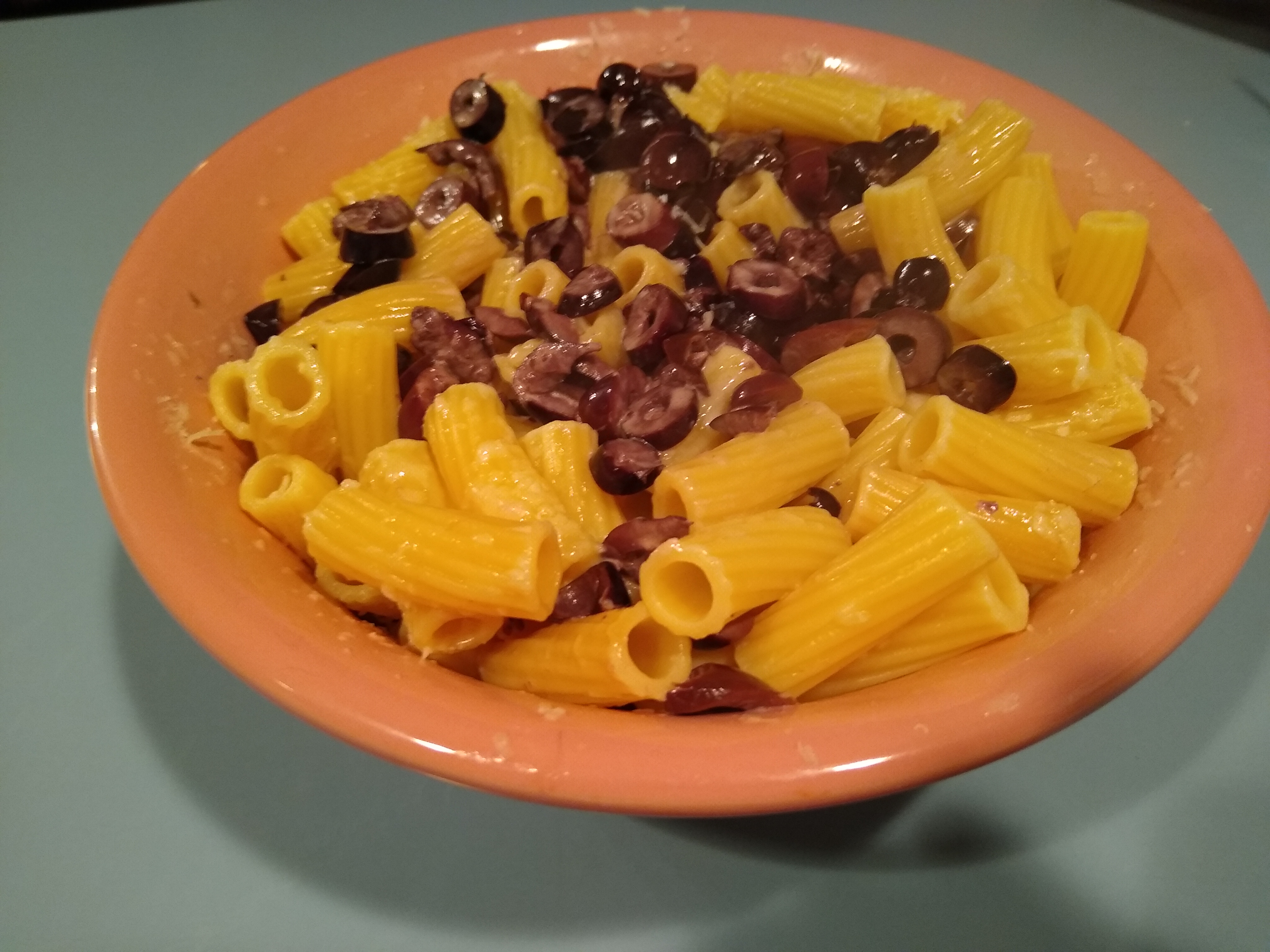 This was a surprise! I don't usually think of olives and cream together, but this was delicious, and really easy.
This was a surprise! I don't usually think of olives and cream together, but this was delicious, and really easy.  This is a flavorful way to wake up cod.
This is a flavorful way to wake up cod. 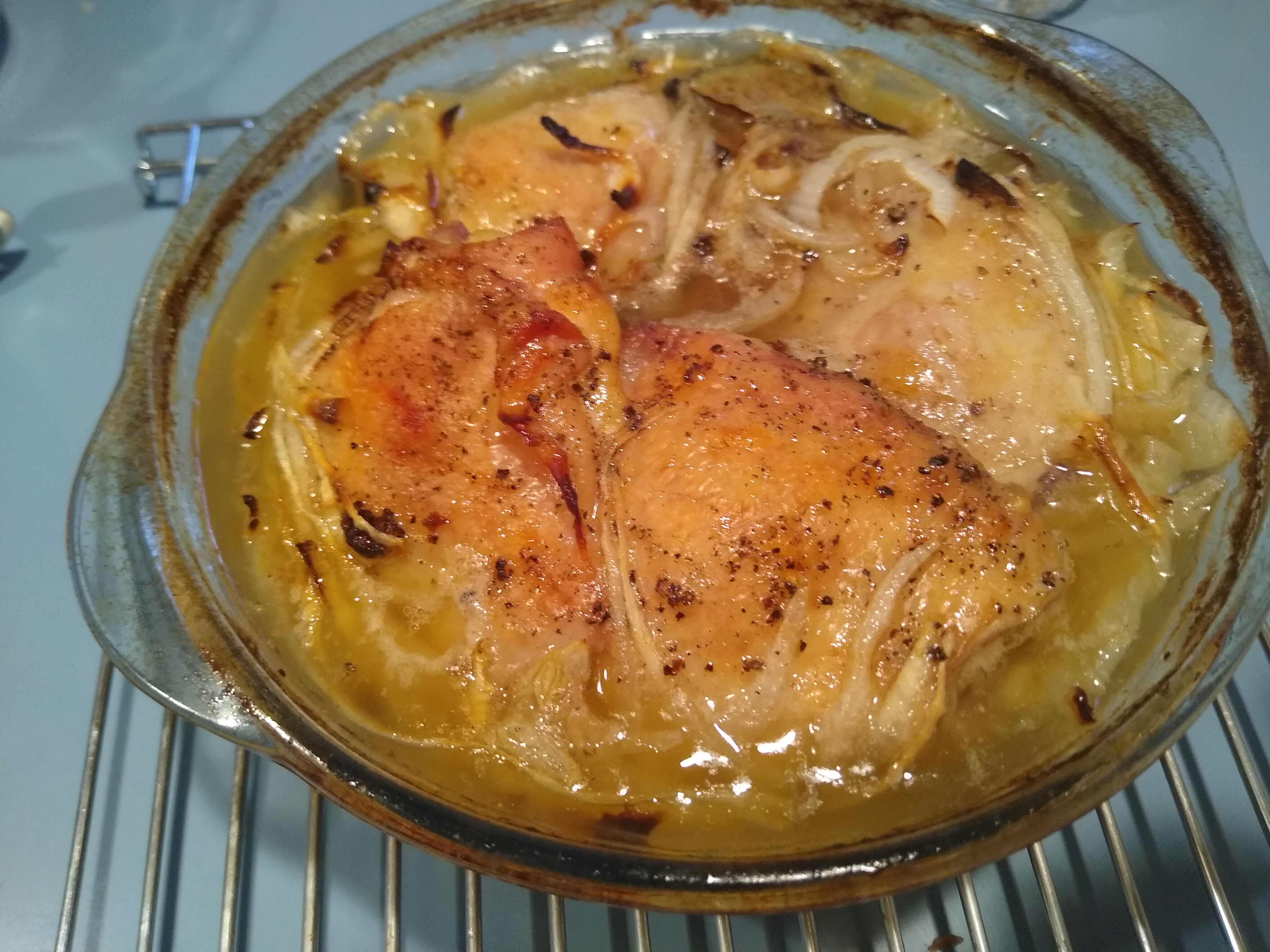 This is an interesting recipe! The chicken is cooked between layers of thinly sliced onion, and the liquid comes from a 2:1 mix of white wine and gin that slowly mingles with the cooking juices from the chicken legs and the onion. The only seasonings are bay leaf and juniper berries, so the flavor profile is different from many other Italian dishes. It's simple and delicious.
This is an interesting recipe! The chicken is cooked between layers of thinly sliced onion, and the liquid comes from a 2:1 mix of white wine and gin that slowly mingles with the cooking juices from the chicken legs and the onion. The only seasonings are bay leaf and juniper berries, so the flavor profile is different from many other Italian dishes. It's simple and delicious. These sugar snap peas are delicious cooked "in bianco", which is to say just olive oil, onion, and white wine. You want very fresh sugar snap peas or snow peas for this, and a good white wine - not the best in your cellar, but something that you would be happy to share with guests.
These sugar snap peas are delicious cooked "in bianco", which is to say just olive oil, onion, and white wine. You want very fresh sugar snap peas or snow peas for this, and a good white wine - not the best in your cellar, but something that you would be happy to share with guests.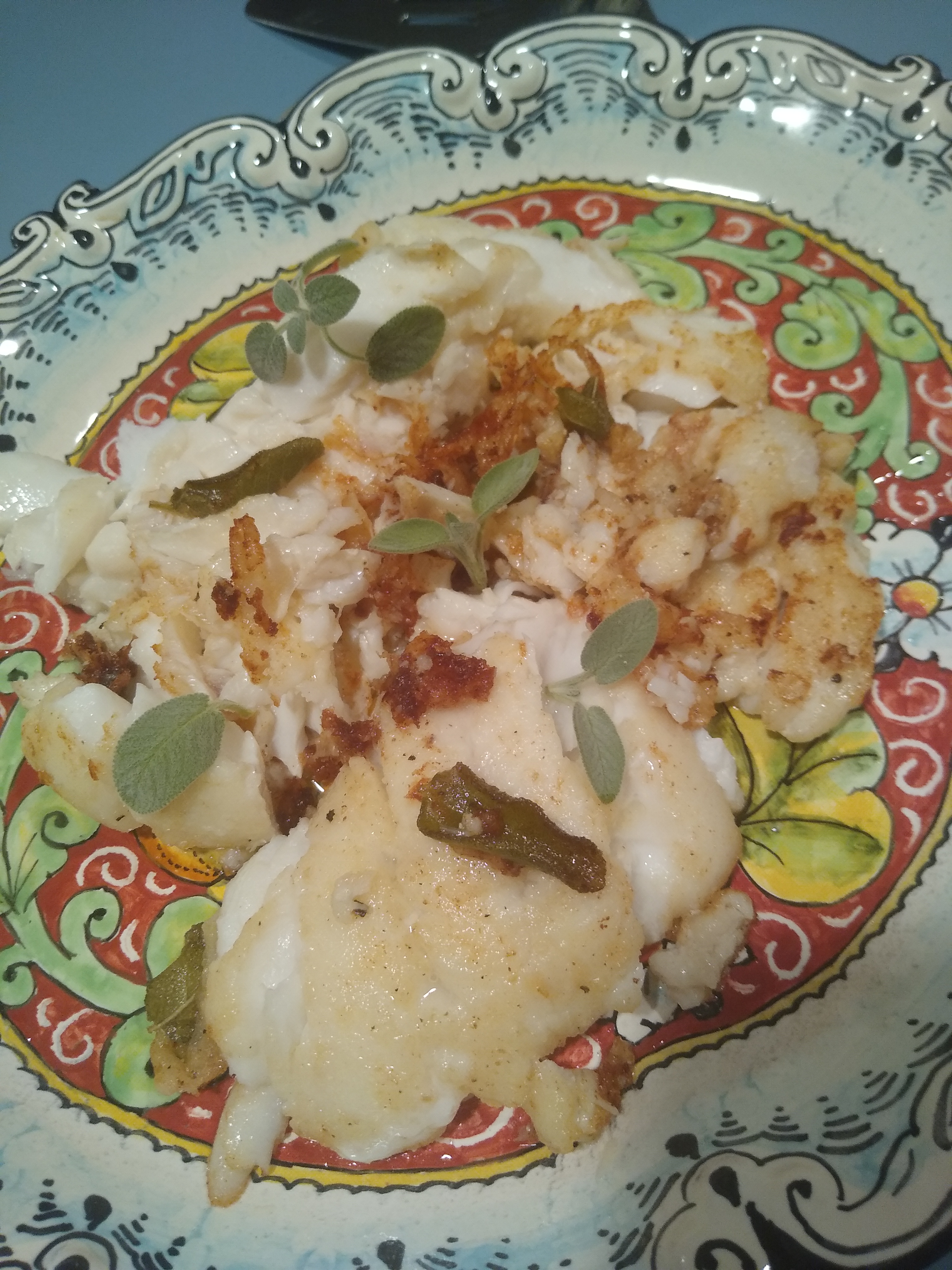 This is another simple dish for a weeknight.
This is another simple dish for a weeknight.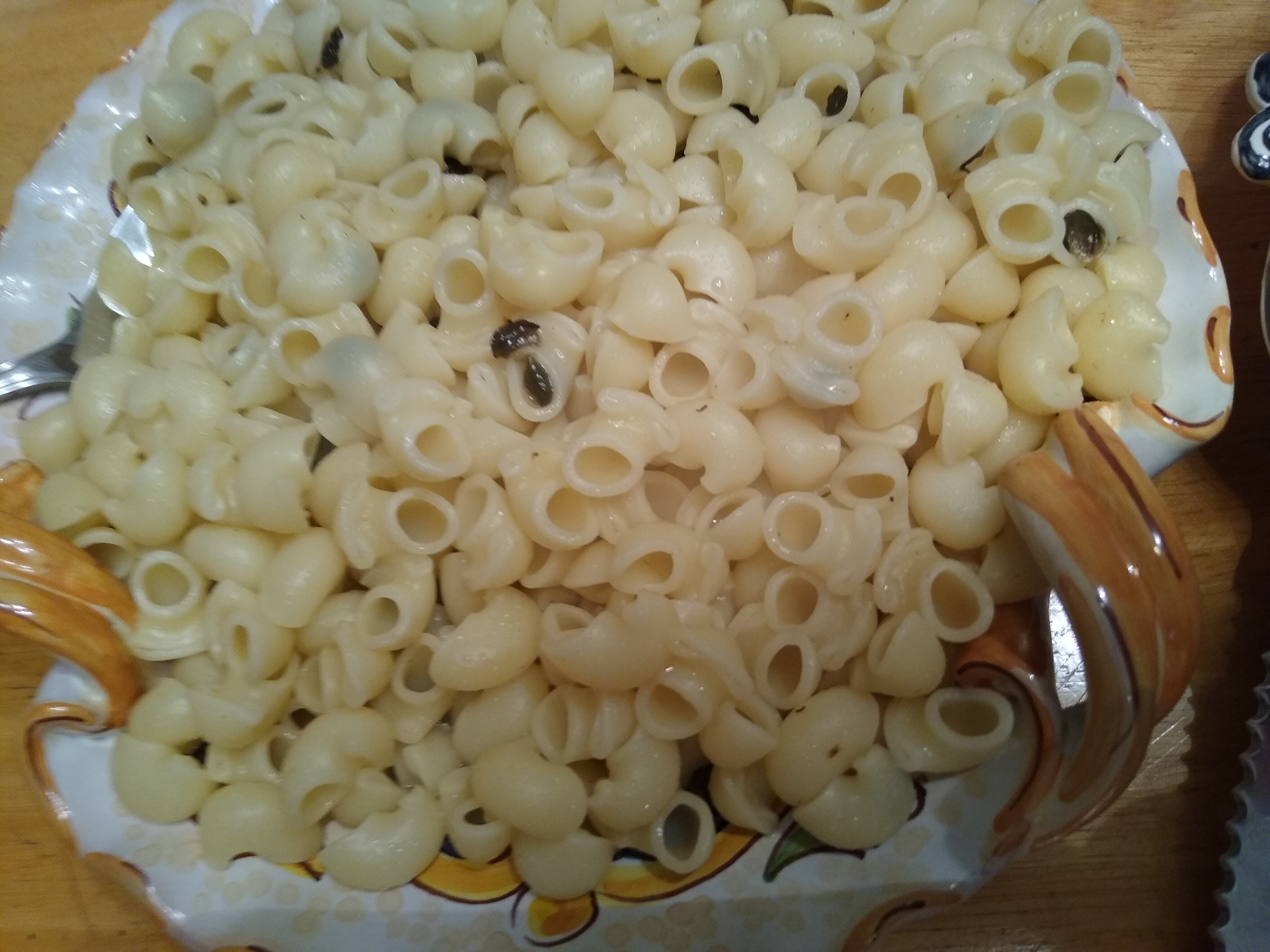 Here's a simple and fast pasta dish with capers that can go with pretty much anything. It can easily be vegetarian if you omit the anchovy, and even vegan, depending on the pasta that you use.
Here's a simple and fast pasta dish with capers that can go with pretty much anything. It can easily be vegetarian if you omit the anchovy, and even vegan, depending on the pasta that you use.